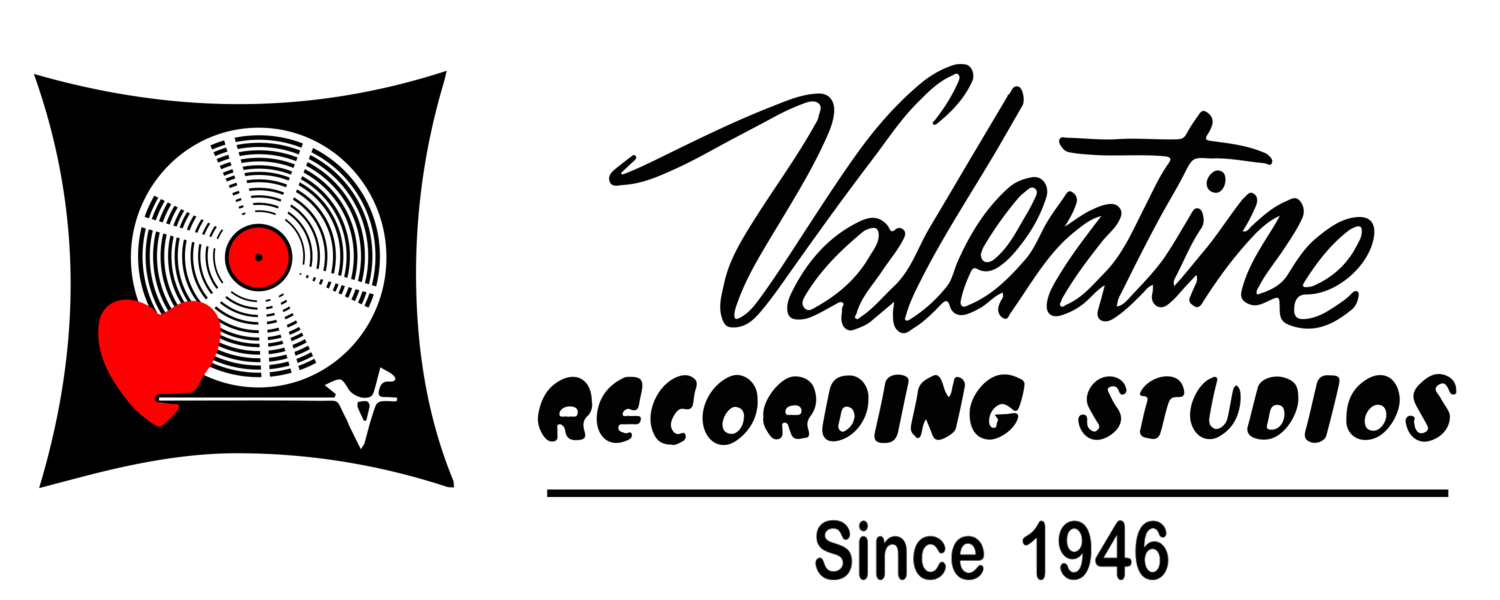Jimmy Valentine was born and raised in Chicago and finished high school in Washington, D.C. Jimmy enlisted in the Army to serve his country in WWII. While on furlough he met his future wife Eve, who was working at the Pentagon. They wrote to each other during his service and upon his return, were married in 1949. Jimmy's love of music and interest in electronics led him to pursue a career as a recording engineer. Together Jimmy and Eve moved from their home in Washington D.C. to California to pursue what was becoming a blossoming recording career.
Upon arriving in Los Angeles, Jimmy spent time working at Capitol Records and also in the sound effects department at NBC in Burbank. Meanwhile he was simultaneously building his own studio in the den of his home. As they outgrew the small space, Jimmy purchased an old dentist's office on Laurel Canyon in North Hollywood in 1963 and began converting the space into what would become the legendary studio that we know today.
As business began to increase, Jimmy added on to the back of the building, doubling the space and creating what is now Studio A from the ground up. He updated the equipment to keep with the times, experimenting with multitrack recording and magnetic tape. The 12-channel Universal Audio board was used to build Studio B and a new custom 24-input MCI board was ordered and installed in the newly renovated Studio A in 1975.
Although business was always booming for the Valentine Recording Studios, times had begun to change and it became difficult to relate to the new styles of music that had become popular. From an article in Hemmings magazine:
“We worked with a lot of great artists: Stan Kenton, Bing Crosby, Burl Ives, Frank Zappa, The Beach Boys. We did comedy, country, rock, movie soundtracks, a little bit of everything. It was fun for a lot of years.” But as time marched on, rock became more prevalent than other forms of music. “Big bands would come in and get out in three hours-there wasn’t a lot of creativity at the session. Everything was worked out ahead of time. As the newer styles of music came in, there was more creativity in the studio, and it was hard to become part of that process. It was common to have four or five all-night sessions to do half an album. And you have to be part of the artistic process when you’re an engineer. You need to socialize, especially with the rock people.” Jimmy, who didn’t want to go near the rock bands’ preferred chemical enhancements, took on fewer and fewer clients.”
In 1972, Jimmy and Eve’s 1957 Thunderbird was stolen from their garage and purchased a 1957 Metropolitan. Jimmy and Eve fell in love with their new car but after doing some home repair work, they had found that it was difficult to find spare parts. Jimmy started contacting dealers who wanted to liquidate their old inventory. He bought up loads of parts and began a new unlikely business in car parts and restoration. Space that was once allotted for expansion of the studio became the Metropolitan Pit Stop. His plan was to run both businesses but as the shop got busier in 1979 he decided to phase out the studio, working with friends and smaller projects through the early 1990s. The studio was left untouched and stayed perfectly preserved until it’s reopening in 2015.

